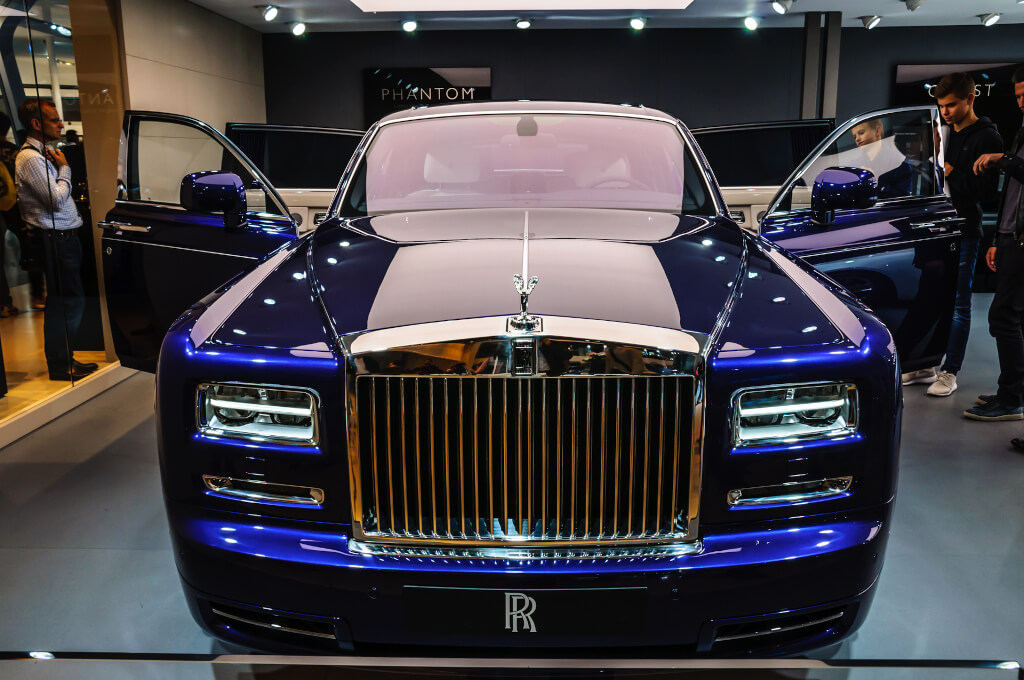The term “horsepower” has long piqued the curiosity of many, a seemingly odd unit to describe the might of modern machinery. Delve a little deeper, and you’ll find the brilliant Scottish engineer James Watt at its heart.
In the burgeoning days of the 1780s, Watt crafted an advanced version of the steam engine, leaving the then-popular Newcomen steam engine trailing in its wake. With a staggering 75% reduction in fuel consumption, Watt’s creation was a masterstroke. But, how could he introduce this marvel to a world accustomed to horse-drawn power and not steam?
Watt realized the challenge: potential buyers were familiar with the strength and endurance of horses, not steam engines. To bridge this gap, he needed a relatable measure. And thus, the concept of “horsepower” was born.
Now, to quantify this unit, Watt embarked on experiments, aiming to deduce the average power of a draft horse. While accounts vary on his exact methods, he landed on a figure: a draft horse could exert 33,000 foot-pounds of force in a minute over a sustained work period. Admittedly, it might’ve been a generous estimation, with few horses genuinely maintaining such stamina throughout the day. Yet, for Watt, this slight embellishment had a strategic intent – ensuring his steam engine always surpassed expectations.
Harnessing the Power of History
Ever wondered where the term “horsepower” came from? You might think it’s all thanks to James Watt, but there’s a twist in the tale. Before Watt coined “horsepower,” British inventor Thomas Savery was already drawing comparisons between steam engines and horse strength. In a 1702 letter, Savery wrote about engines doing the work of multiple horses, highlighting the efficiency and potential of his invention. Imagine, back in the day, replacing up to twenty horses with a single engine! So, next time you marvel at the horsepower of your car, remember – the concept has roots deeper than you might think!
Did You Know?
While James Watt gets the accolades for introducing “horsepower” to the world, he wasn’t the first to make the machine-horse comparison. It was Thomas Savery who first envisioned an engine taking over the labor of several horses. Imagine the reactions when he proposed one machine replacing eight or even twenty horses! So, when you dive into the history of horsepower, you’ll uncover layers that can surprise even the most informed aficionados. How’s that for a turbocharged fact?
The Ethics of Horsepower
How fair was it to pit the strength of an animal against a machine? Some might argue that comparing mechanical prowess to the might of a living being reduces the value and significance of that creature. Is it right to determine a machine’s worth based on an animal’s capabilities? It brings up the broader question of animals’ roles in the progression of human innovation.
Horsepower vs. Electrical Units: Time for a Change?
In our increasingly electrified world, many argue that the term “horsepower” is archaic. With electric vehicles (EVs) gaining traction, should we transition from horsepower to a more relevant unit? After all, EVs don’t operate on the same principles as combustion engines. This sparks a debate about the evolution of terminologies and whether “horsepower” still holds relevance in modern automotive discourse.
The Psychological Impact of “Horsepower”
Does the term “horsepower” influence our purchasing decisions and the way we perceive vehicle strength? There’s a psychological dimension here: the word “horse” evokes thoughts of raw strength, freedom, and majesty. Manufacturers have long capitalized on this, promoting cars with greater horsepower as more potent and desirable. This raises the debate: are we, as consumers, subconsciously swayed more by age-old terminologies than by the actual specs and performance metrics of a vehicle?
Horsepower in the Age of Green Energy
As the world pivots towards sustainable energy, there’s growing scrutiny on the environmental implications of horsepower-centric vehicles. High horsepower often correlates with higher fuel consumption and emissions. In a world battling climate change, is the chase for more horsepower counterproductive? This ignites a dialogue on striking a balance between performance and environmental responsibility.
Cultural Variations of Horsepower
It’s fascinating to note that while the Western world popularized “horsepower,” other cultures had different benchmarks for measuring strength and power. For instance, in some Asian cultures, the elephant, revered for its immense power and significance, might have been a more apt comparison. How would the automotive world look if “elephant power” was the standard? This beckons a broader discussion on cultural norms and their influence on technological evolution.
Redefining Modern Metrics
In the future, as the shift to green energy becomes even more pronounced, Watt’s ingenious strategy may catalyze the creation of new measurement metrics. While “horsepower” serves as a poignant reminder of the ingenuity of the past, you and your peers might soon be discussing vehicle performance in terms tailored to the modern age, making vehicle comparisons more relevant and resonant.
The Horsepower of the Future
Imagine a world where “horsepower” doesn’t just denote vehicular strength but the processing power of the devices you use daily. As we integrate technology deeper into our lives, terms like “horsepower” could evolve to capture the capacity of our digital devices. By understanding Watt’s brilliant strategy, you could be better positioned to appreciate and navigate the linguistic evolutions in your tech-savvy world.
Elevating Sustainable Choices
While high horsepower is often equated with performance and desirability, you might soon be making vehicle choices based on different criteria. The legacy of “horsepower” could push manufacturers to market their vehicles’ eco-friendliness, battery efficiency, or carbon footprint instead. For you and future generations, this shift could make it easier to align purchasing decisions with your values and the planet’s well-being.
Cultural Reverberations and Global Conversations
The story behind “horsepower” serves as a testament to how regional innovations can become global standards. For you, this presents an exciting opportunity to delve into other cultures and discover the terminologies they use. By appreciating the roots of words like “horsepower,” you open doors for richer, more informed conversations with peers from around the world, enriching your global perspective.
Inspiration for Future Innovators
If there’s one takeaway from Watt’s strategy, it’s the power of creative thinking. You, too, can draw inspiration from how he made a technical concept relatable to the masses. As the world becomes increasingly complex, your ability to simplify and relate abstract ideas to everyday experiences could be invaluable. By reflecting on Watt’s approach, you arm yourself with a strategy that can be applied in countless professional and personal scenarios, fostering understanding and connection.
Reflecting on Watt’s innovative approach, one can’t help but marvel at his contribution to the industrial evolution. While the term “horsepower” might seem anachronistic today, its legacy is undeniable. And in a touch of poetic justice, today’s metric for power, the “Watt,” commemorates the very man who once sought to equate machine might with the strength of horses.




